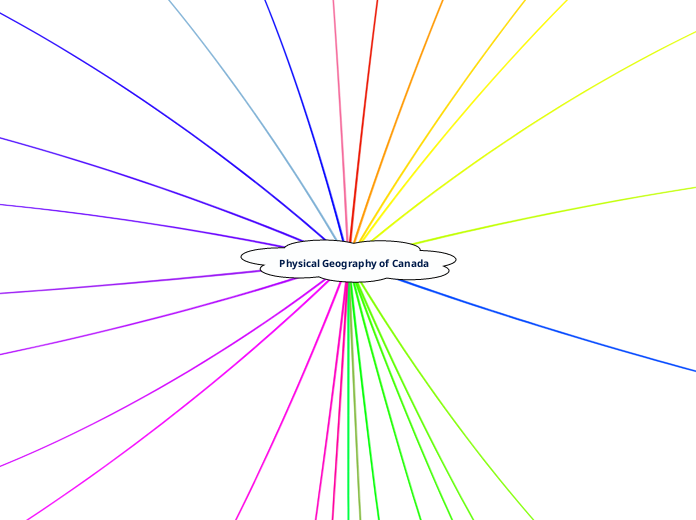Physical Geography of Canada
Rock cycle
Relief Precipitation
High elevation near water → Increased precipitation
High elevation opposite water → rain shadow (less precipitation)
Active
Andes (South America)
Alps (Europe)
Inactive
Appalachians (North America)
Atlas mountains (Morocco)
Warm currents → Warm, moist air
Cold currents → Cool, dry air
CONNECTIONS
Worms and Soil
Owls and Grasslands
Yoho National park, glaciers and elevation
Crust and sediment
Polar bears and Tundra
Snow Leopards and glaciers
Beavers and Deciduous trees
Ocean Currents and Whales
Wetlands and turtles
Trees and Humans
Birds and Wind
Bison and Grasslands
Geese and Grass
Canadian Shield and Plate tectonics
Tsunami and Plate Tectonics
Banff National Park and Grizzly Bear
Golden eagles and Scottish HIghlands
Polar bears and Ice caps and Humans
Calcification
Coniferous
grows quickly
Latitude
Closer to equator → Warmer climate
Further from equator → Colder climate
Precambrian
Cenozoic
Paleozoic
Mesozoic
Wet lands
Creation in space
Tradition / Spiritual
Religious
Turtle Island
Science based
Big Bang Theory
Earth in space
Rotation Vs Revolution
Seasons
Convergent
Divergent
Transform
Divergent ( Normal )
Convergent ( Reverse )
Transform ( Strike-Slip )
Glaciation
Oak Ridges Moraine
Formed by two glaciers pushing rock, sand, clay, and gravel together
160 km long and 3 km - 24 km wide
Water runoff feeds over 30 major waterways in Ontario
Affect on Climate
Maritime → Near water, moderate temperatures
Continental → Away from water, extreme temperatures
north
short grass prarie
south
long grass prarie
Soil
Minerals
calcium
magnesium
Air is thinner as altitude increases
Temperature drops ~6°C for every 1000m of elevation
permafrost
moss
lichens
Wind
We get similar weather to areas west of us
Areas east of us get weather similar to us
